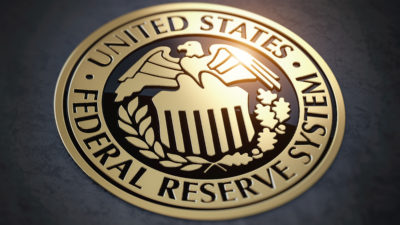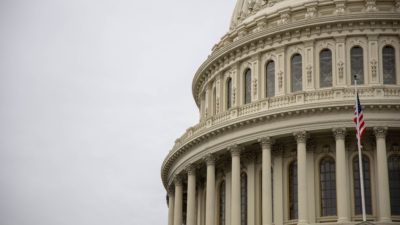
Young Voices Success Story & Alumni Interview: Tanner Aliff
You’ve written a lot about healthcare in outlets such as the Washington Examiner and Forbes. What are some policies you think the US could implement to lower healthcare costs?
That’s the 4.1 trillion dollar question many policy folks are mulling over right now. For me, it all comes down to correcting incentives. Specifically, incentives for patients and other private actors in the healthcare system. There have been valiant efforts made in states and federal agencies to expand price transparency, but this is just a small step in the right direction. Patients are still alienated from knowing how to meaningfully pay for their care, insurers are still raising premiums, small businesses are still paying too much for health benefits, and providers are still often going unchallenged in raising prices. The key to lowering healthcare costs revolves around placing agency back into the hands of patients and doctors. Crony special interests and restrictive government rules have expanded because many Americans have been alienated and duped into capitulating their freedom to pay for their own healthcare.
Merely disclosing pricing information to Americans isn’t going to move the needle. At this point, American patients have become too indifferent in understanding how health care is paid for. However, this education gap isn’t irreversible. Patients can be taught how to lower prices and premiums for themselves—they just need a strong incentive.
The one proposal states or the federal government could implement right now to lower healthcare prices is the Cicero Institute’s Patient’s Right to Save Reform. Essentially, by requiring all providers to disclose their cash rates, giving deductible credit for when patients find good deals, and rewarding patients who shop for care post-deductible, America can create a functioning healthcare market that will place real competitive pressure on providers and insurers. Right now, providers and insurers have little incentive to lower prices and rates, but by empowering patient freedom under Patient’s Right to Save, Americans can organically lower the cost of healthcare without recklessly blowing up the current system or giving in to further government control.
See the full interview with Young Voices.










Is Crowdfunding the Future of Lowering Healthcare Costs